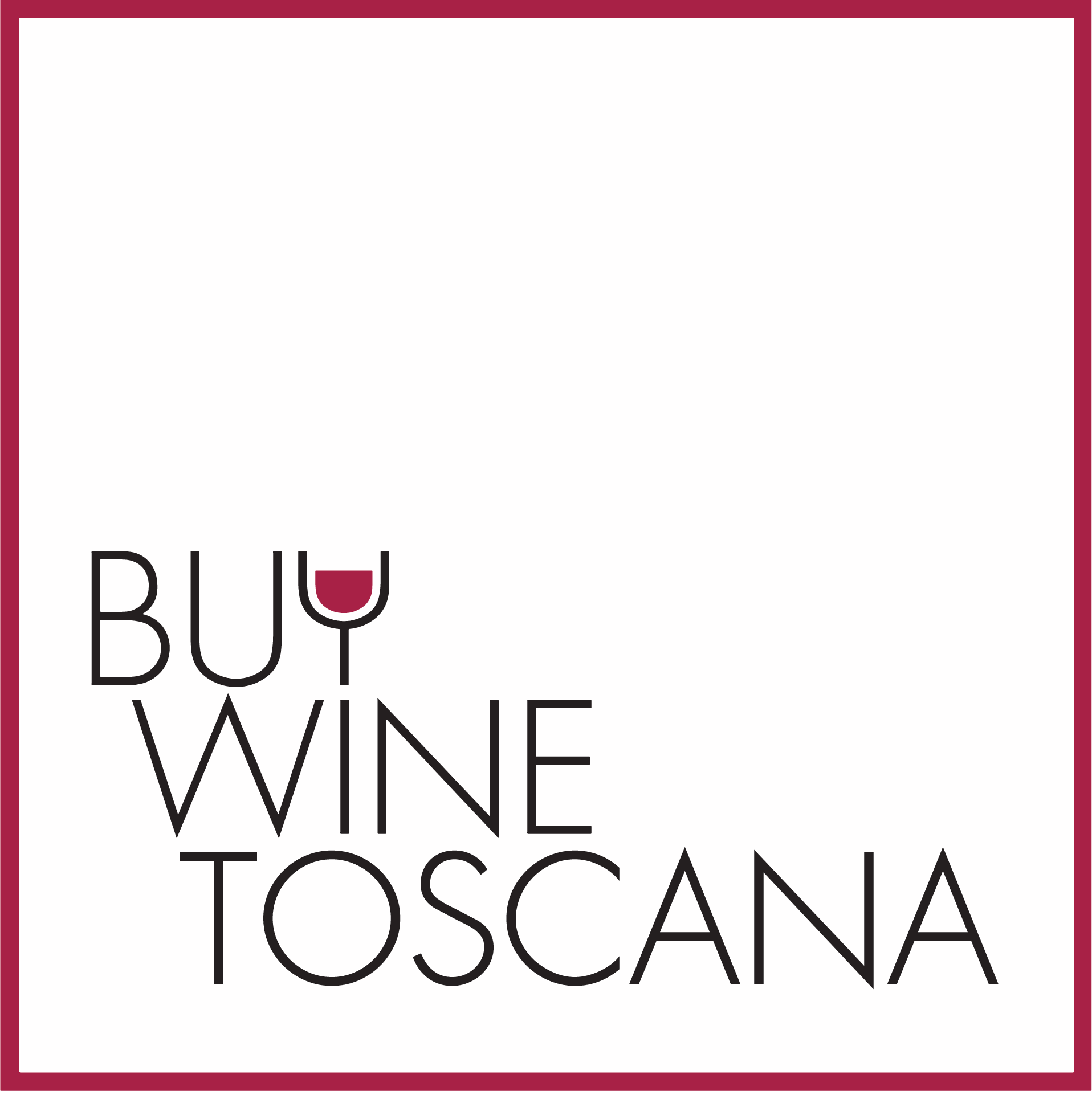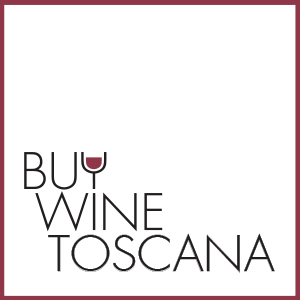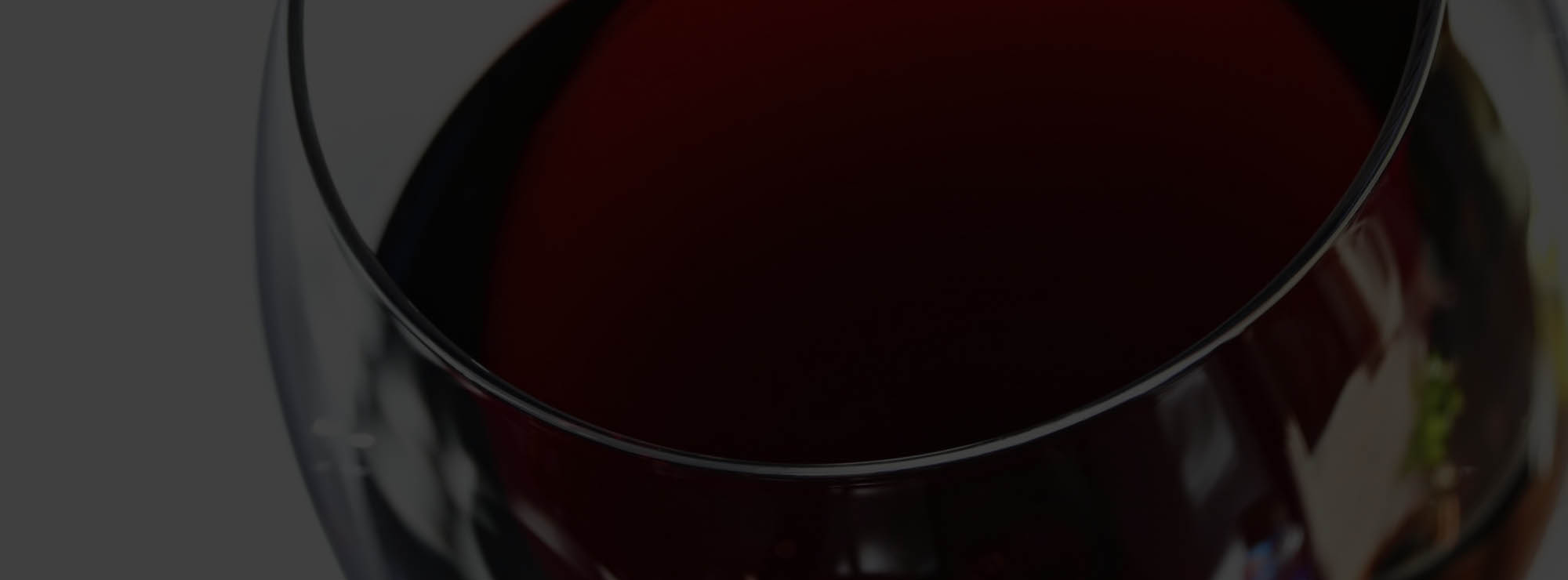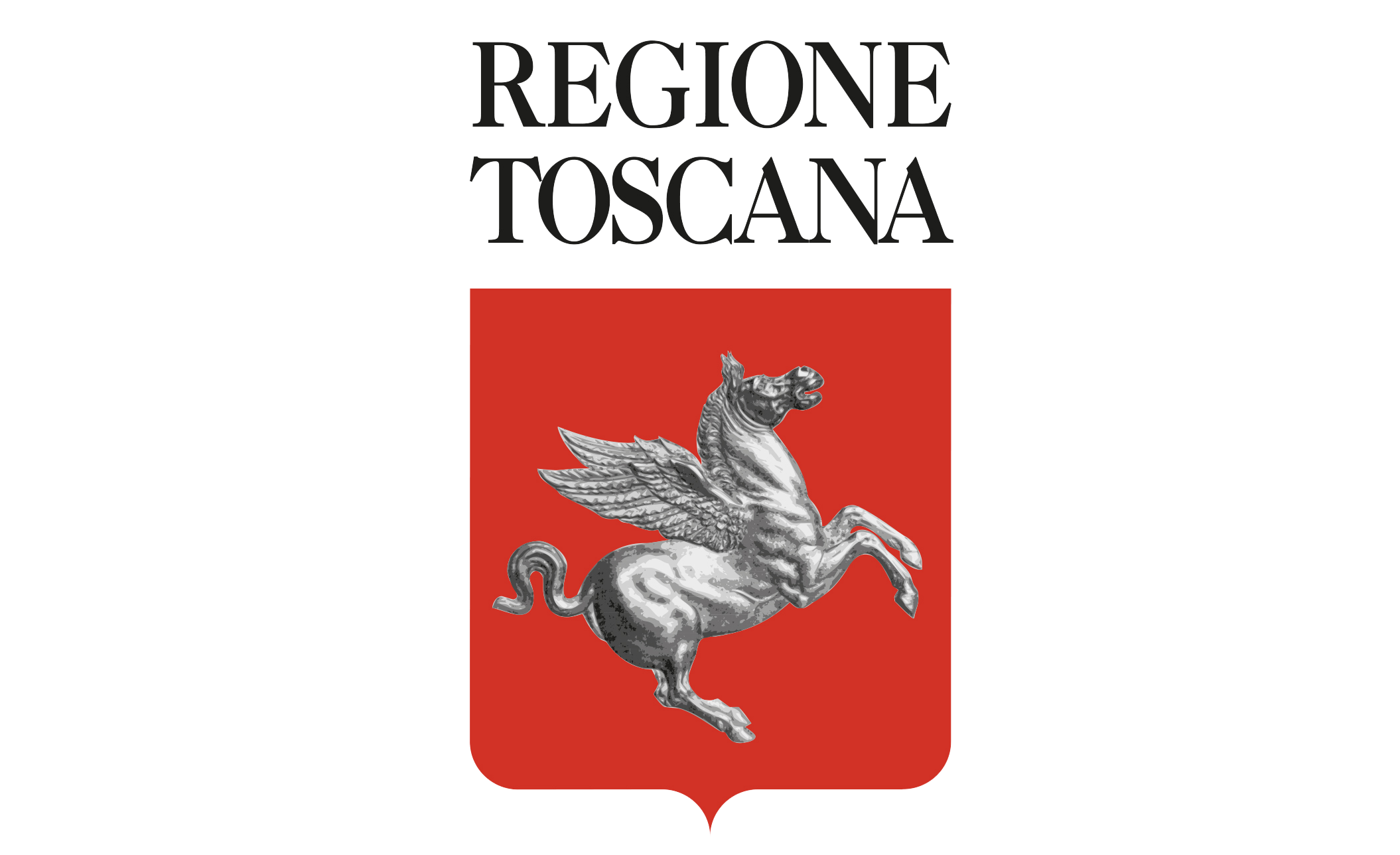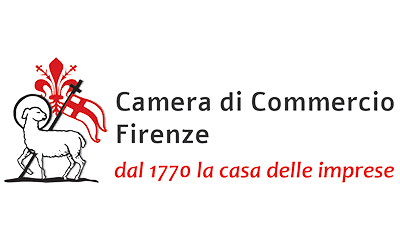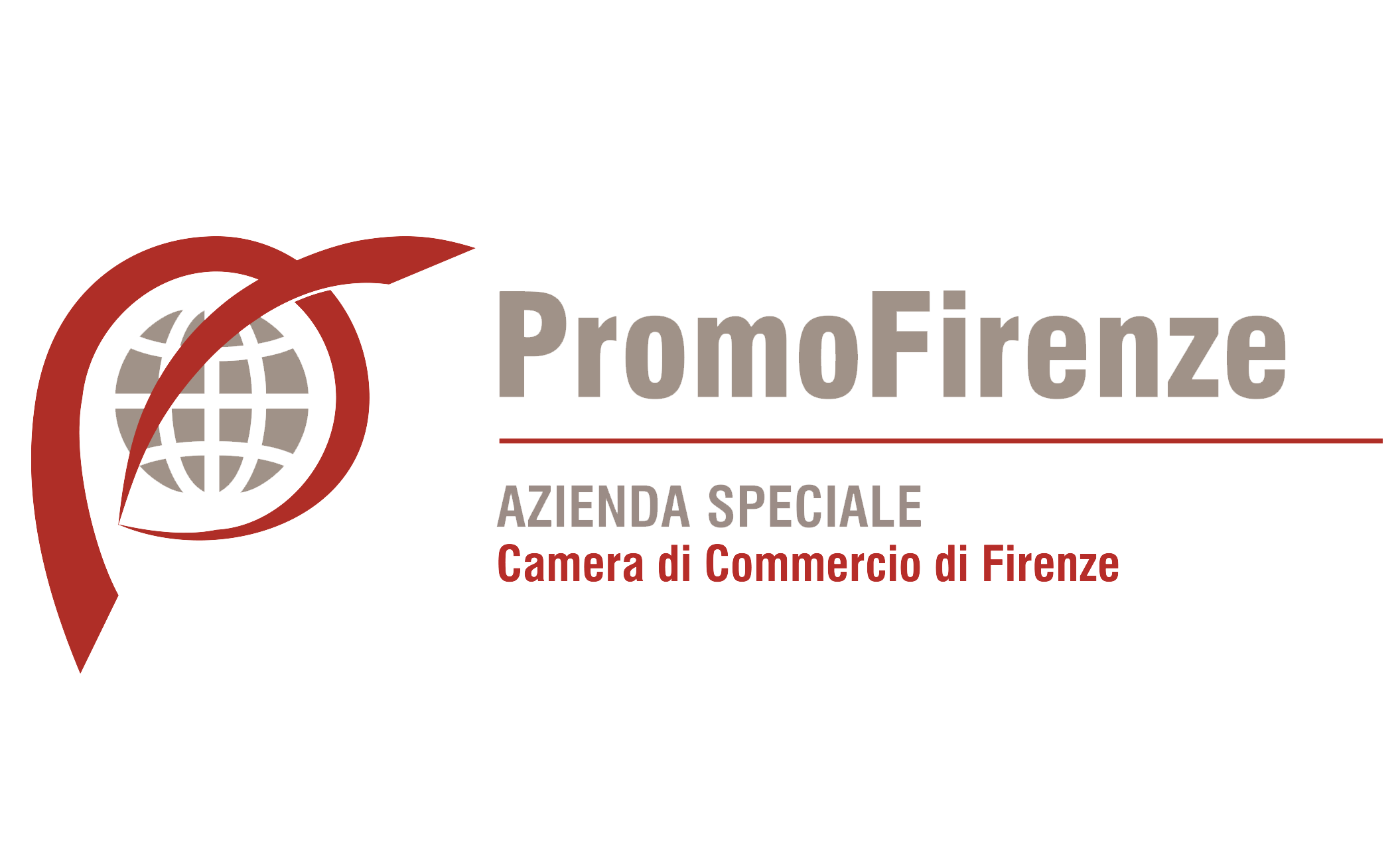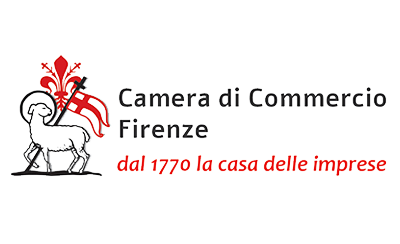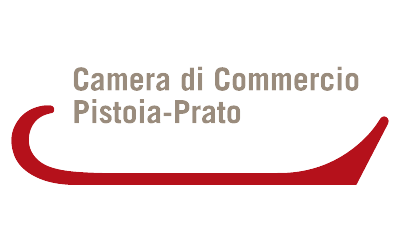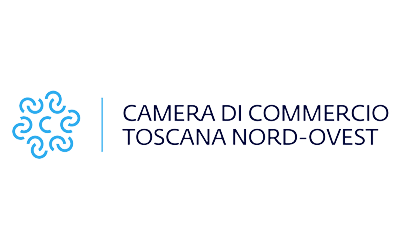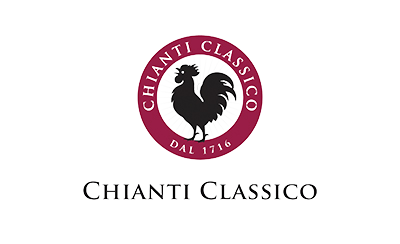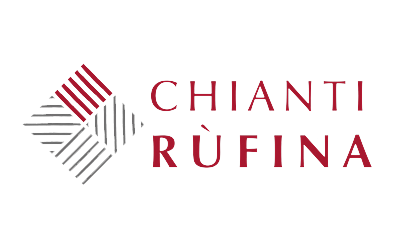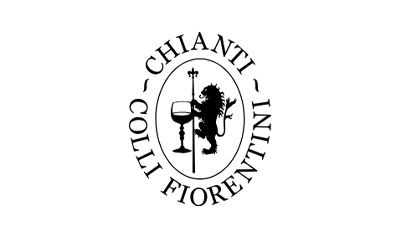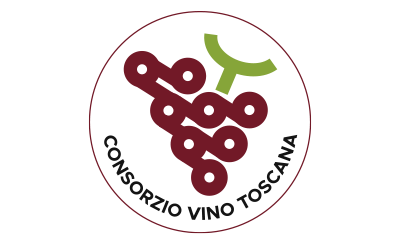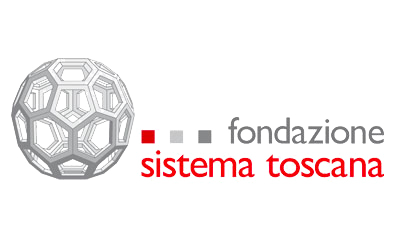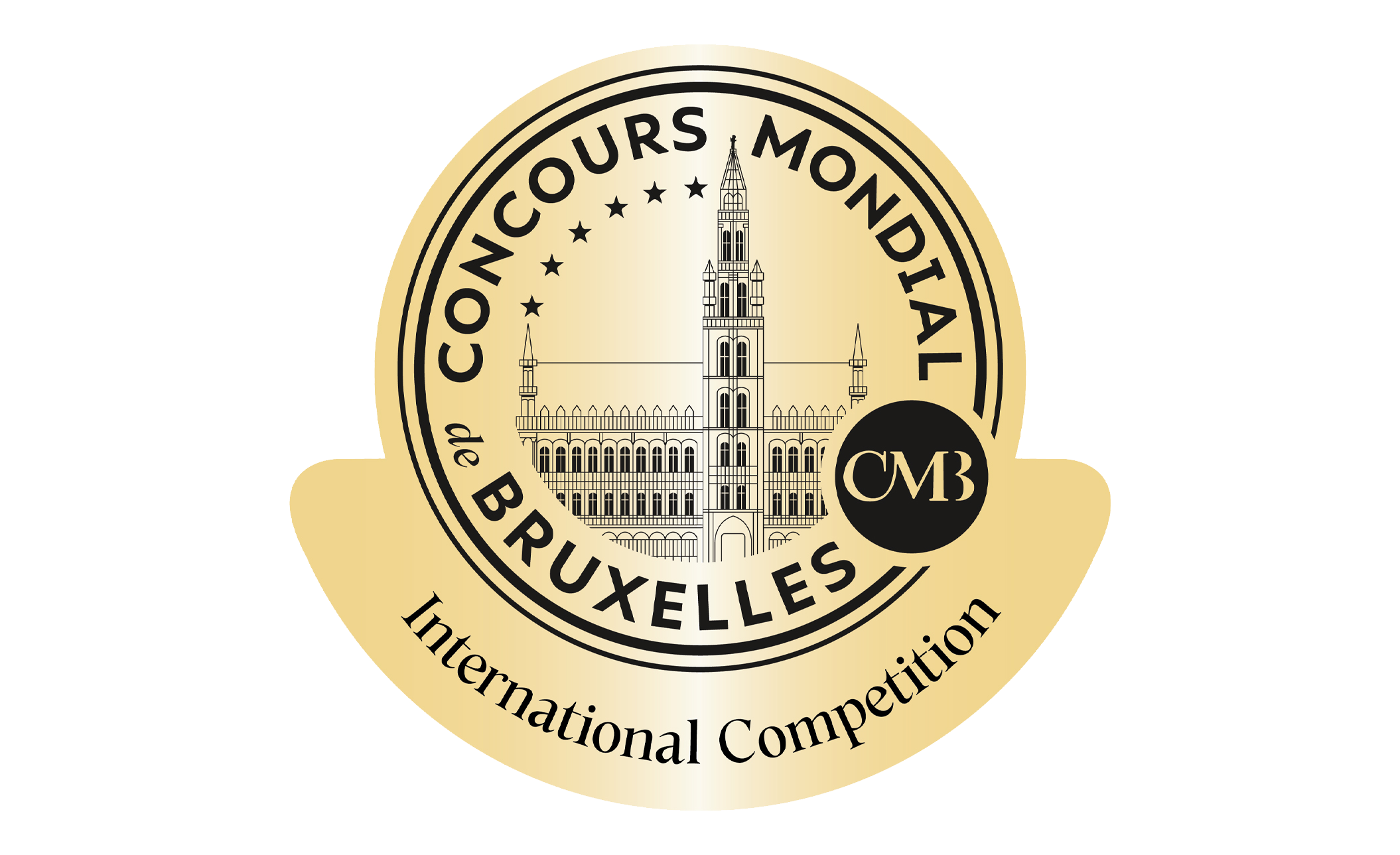Chianti, an invention of Tuscan nature and culture
The Chianti production area consists of territories which are demarcated by law, located in the provinces of Arezzo, Florence, Pisa, Pistoia, Prato and Siena. This environment is characterized by hills with large terraces and valleys crossed by rivers.
The origins of Chianti date back centuries but the wine received its ?rst accolades in the 19th century, the ?rst of?cial demarcation of the production area in 1932 and was granted the Registered Designation of Origin (DOC) by means of a Decree of the President of the Republic on August 9th 1967, which established the wine’s characteristics through special Production Regulations.
The “Chianti” Designation can be integrated with the speci?cations of “Colli Aretini”, “Colli Fiorentini”, “Colli Senesi”, “Colline Pisane”, “Montalbano”, “Ru?na” and “Montespertoli”, the ?rst of which correspond to the geographical sub-zones in the ?rst territorial demarcation established by the Ministerial Decree dated July 31st 1932, while the last, Montespertoli, was recognized with a Decree dated September 8th 1997. In these speci?c areas, more restrictive production methods and special requisites have been established for the wines.
It is interesting to note the return of the “Superiore” typology which has superior characteristics and potentially refers to the whole Chianti wine district.
The basic grape varieties used in the Chianti vineyard are: minimum 70% Sangiovese, additional grapes up to 30%, with a maximum of 10% for white grape varieties and 15% for Cabernets.
The maximum yield of grapes per hectare, for high density plantations, is 11 tons for Chianti, 9,5 tons for Colli Aretini, Colline Pisane, Montalbano, Rù?na and Montespertoli and Chianti Superiore, 9 tons for Colli Fiorentini and Colli Senesi.
Chianti wine has a ruby red color, which tends towards garnet with aging. It has a harmonious, dry, sapid, slightly tannic ?avor, with an intense, vinous aroma, as well as hints of violet. Some typologies can be consumed as young, fresh wines which are pleasant on the palate, whilst some areas are best known for their medium-long aged wines, which present a more mature color, bouquet and unmistakable ?avor.
A Decree issued by the Ministry of Agricultural, Food and Forestry Policies on September 3rd 2012 granted recognition and responsibility also for valorizing, promoting and monitoring the following classi?cations: Vin Santo del Chianti and Colli dell’Etruria Centrale. The “Colli dell’Etruria Centrale” designation is positioned alongside the DOCG Chianti designation and permits the production, in the same area, of wines of a different quality from Chianti, with red wines being joined by whites, rosés, “novello” and Vin Santo.
The recognition of the “Vin Santo del Chianti” designation, with the possibility of using the various sub-zones, marks an important step in the valorization of this product that represents so much for the traditional and production skills of the Chianti area and for which the Consortium has fought so long.
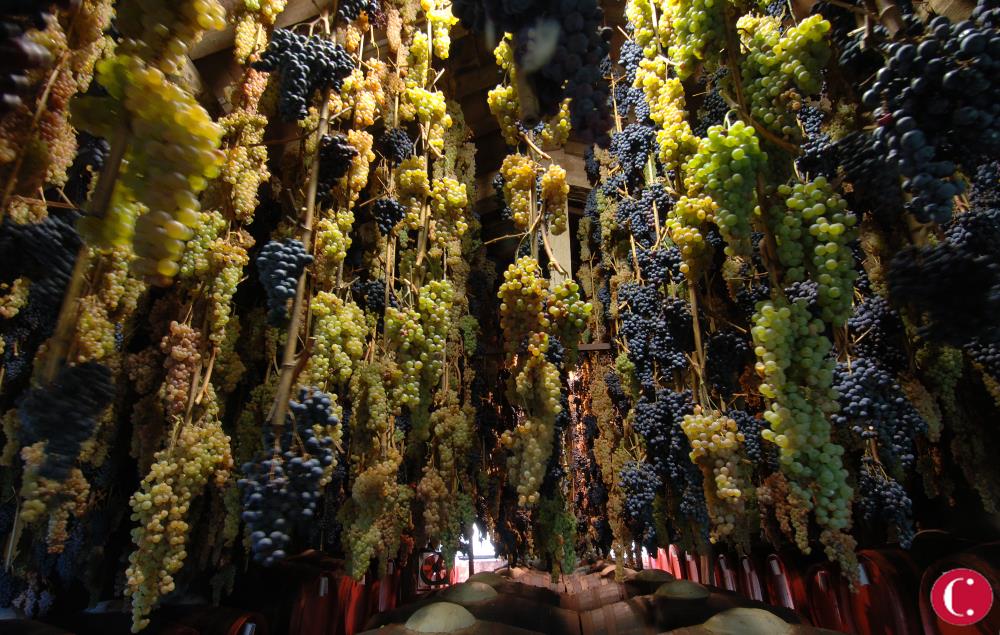
The Consorzio Vino Chianti was established in 1927 by a group of wine producers in the provinces of Florence, Siena, Arezzo and Pistoia. Subsequently the Consortium expanded its operations to include the whole production area recognized by the 1967 Regulations, later assimilated into the Guaranteed Registered Designation of Origin (DOCG) recognized in 1984 and updated, for the last time, with a decree dated June 19th 2009.
The Consortium protects over three thousand producers, working more than 15,500 hectares of vineyard, producing in excess of 800,000 hectoliters of Chianti wine of various zones and typologies and has been attributed the “ERGA OMNES” recognition for its representative status. It’s responsible of carrying out functions regarding consumer information, protection, promotion and valorization, as well as the general care of interests related to D.O.C.G. “Chianti”, through a Decree issued by the Ministry of Agricultural, Food and Forestry Policies on September 3rd 2012 and renewed by the Ministerial Decree of September 2015.
Appellations of the Consortium of Chianti are:
- Chianti DOCG
- Chianti riserva DOCG
- Chianti Superiore DOCG
- Colli dell’Etruria Centrale DOC
- Vin Santo del Chianti DOC
- Vin Santo del Chianti Riserva DOC
- Vin Santo del Chianti Occhio di Pernice DOC
- Vin Santo del Chianti Occhio di Pernice Riserva DOC
Consortium Chianti Wine








